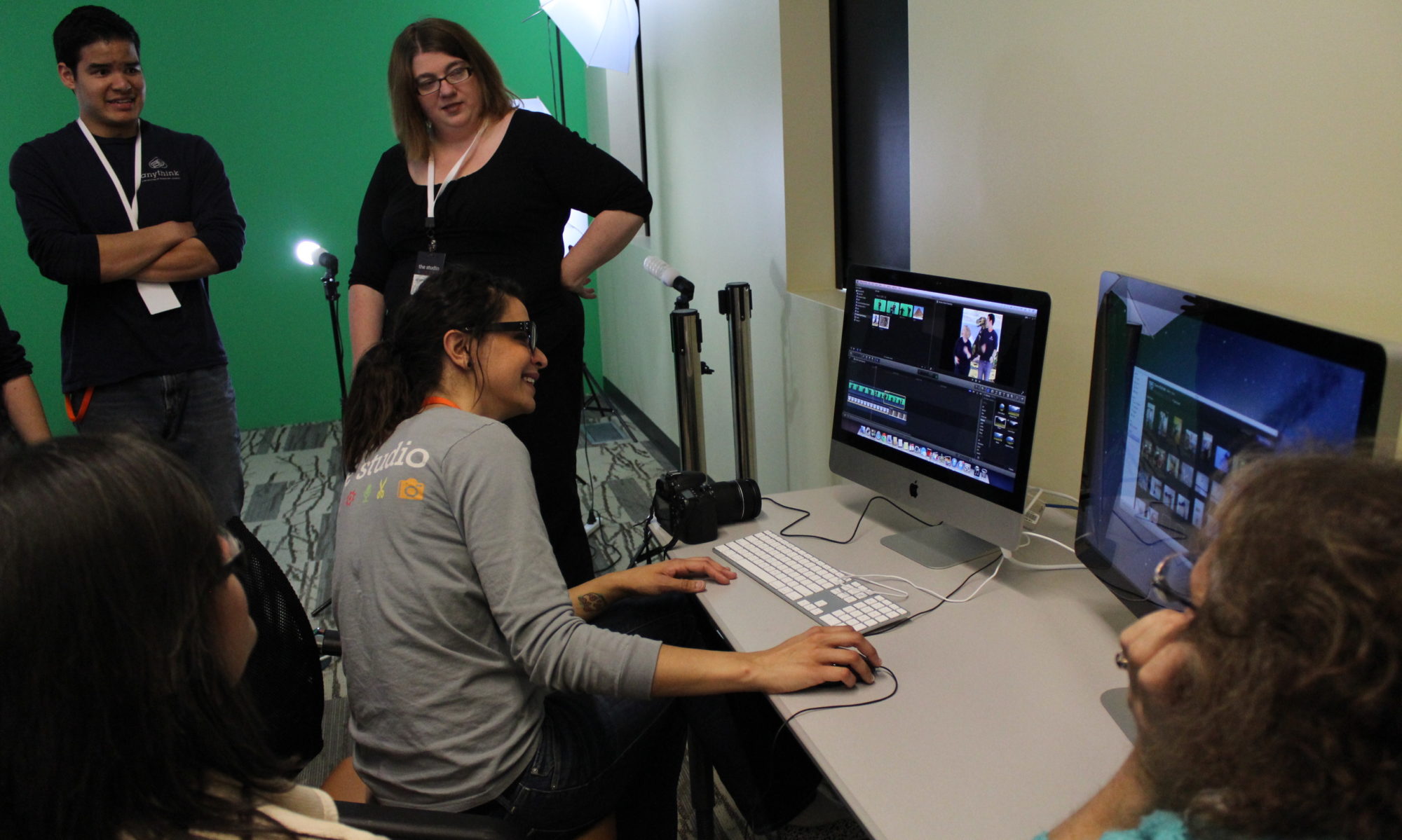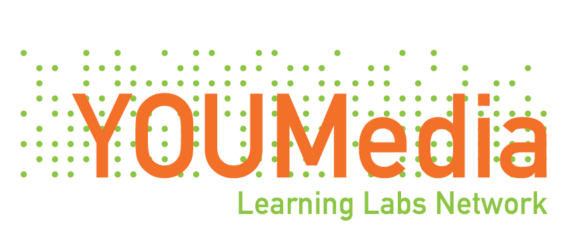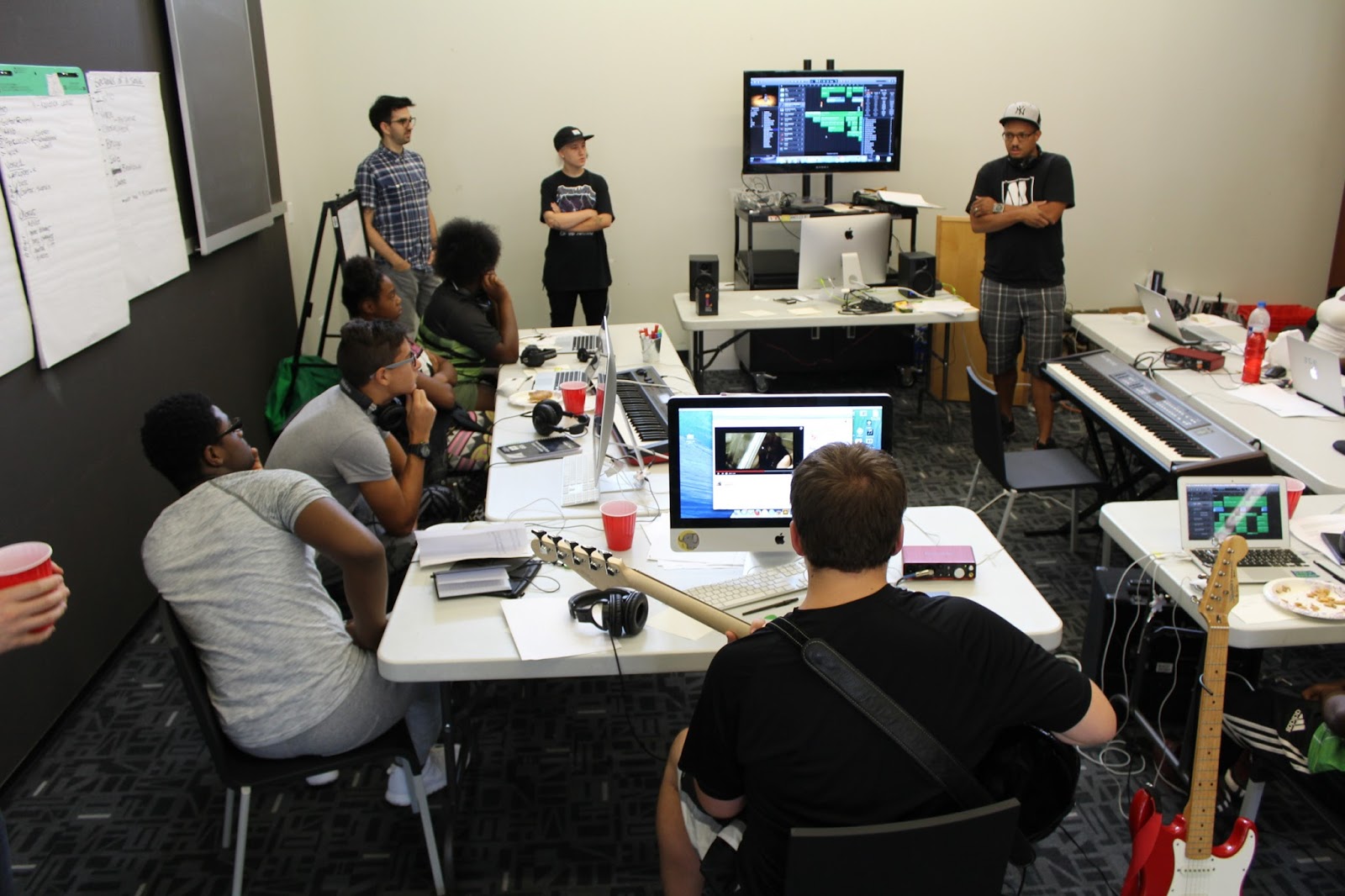By Amalia Kalisz Tonsor Of The Labs @ Carnegie Library of Pittsburgh
As The Labs @ Carnegie Library of Pittsburgh entered our post-emergent phase and mentors built consistent relationships with teens at our various programming sites, we identified a need to focus on depth rather than breadth of learning. When can we offer depth with our own program and staff, and when should we instead be a conduit that connects youth with organizations and opportunities beyond the library? How can learning labs help their institutions be responsive and reciprocal community anchors in their neighborhoods?
In the beginning “emergent” phase of our program within a large Library system, the focus was heavy on explaining and proving the value of The Labs within our institution. We had to work to establish the space, the staff and the supplies to fill some of the gaps in programming for teens at our libraries. While this focus inward perhaps felt necessary to initiate the broad strokes of system-wide innovations and advocate for an unconventional philosophy within the known confines of our institution, this approach may have missed some early opportunities to link with the existing web of media projects, youth organizations and community leaders that are anchors in the connected learning networks we hope to be a part of.
As The Labs has found its feet, we have changed the program and staffing structures to better enable consistent relationships and evolving programming in response to youth interests and community needs at each location. It is exciting to have a shiny, new space where anything seems possible, but we must accept that our programs can’t be everything to everyone at every location. A need to focus on depth rather than breadth of learning emerges. It becomes necessary to decide which program areas are most important at each library site, and to become more strategic in how we try to meet that need. When can we offer depth with our own program and staff, and when should we instead be a conduit that connects youth with organizations and opportunities beyond the library?
To meet our renewed goal of providing richer educational experiences and being a community anchor in the connected learning networks of our neighborhoods, it was imperative to prioritize building bridges of access, partnership and support with local youth projects and community organizations. Creating structures to support independent access to equipment, coupled with more diverse and comprehensive partner programs, served to both deepen and widen our regular program offerings for students and to strengthen our role as a hub of connection in our communities.
One part of this adaptation has been placing new emphasis on creating and informally advertising the space as an accessible production platform. Though only one site has a legitimate sound booth, one example of this effort has been establishing weekly pop-up recording studio hours teens can reserve in advance to record their music. Teens can be certified to use the equipment during regular programs and workshops, so the studio hours do not require extra staffing. Creating regular access to production resources also serves as an opening for youth organizations and community partners that already do this work in more focused ways to better utilize the library’s resources.
Partnerships created through staff relationships and investment in our neighborhoods’ grassroots networks and creative communities have allowed us to bring in more technical expertise and relevant mentorship to our youth. This does not address the critical need to evaluate hiring practices and institutional barriers to recruiting and retaining staff with the identities, experiences and skillsets necessary to meet the needs and desires of students. However, finding new, more long-term ways to build partnerships in our communities both improves the experiences of youth in our spaces and supports partnering organizations through shared funding and access to space, equipment and other institutional resources.
We have seen that strengthened in-depth partnerships have helped our youth participants level up with their interests and skills. Outreach about The Labs as a production platform reaches many youth who we were not otherwise connecting with our programs, particularly older teens. Many of these students were not already hanging out at the library, and this resource meets a distinct level of creative need for a different demographic than other library services and programs do. While our spaces still encourage hanging out and messing around, the increased presence of young people focused on their creative projects – both independently and in collaboration with outside organizations – sets a tone and an example for all students and engenders important conversations about content creation, leadership and media justice.


